The annual Braderie market is due to be held on the streets of the Lille, a north-eastern city of France. The market is the largest of its kind in Europe, covering several kilometres of the city centre streets with over 10 000 sellers and stalls. The 48-hour event takes place during the first weekend of September, which this year is the 1st and 2nd. Its origins supposedly date back to medieval times, when servants were given permission to sell their masters’ unwanted objects in street stalls from dawn until dusk. Over the centuries, more and more people turned up to the event, and it became a two-day festival.
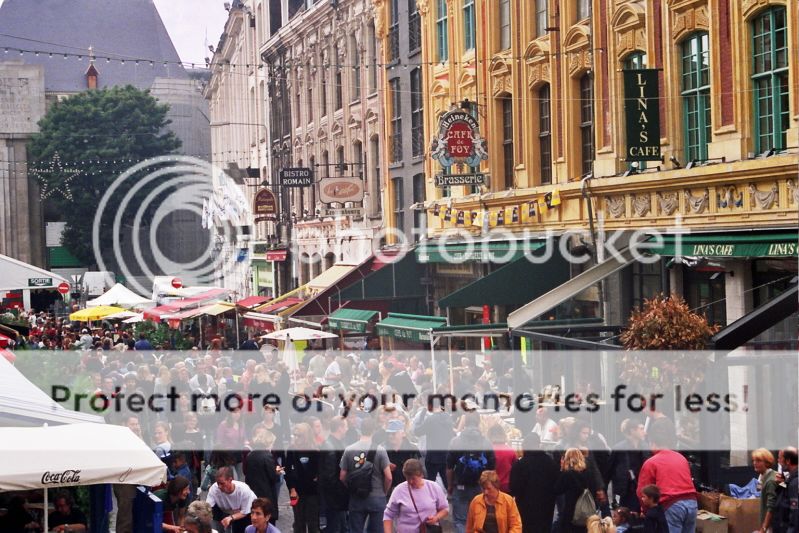
It begins on Saturday morning with a half-marathon through the streets, which was originally a full marathon, but was changed in the 90’s after it started taking too long to complete. The sellers are supposed to open for business at 2pm, not stopping until midnight the following day. However, most people begin buying and selling earlier on Saturday mornings, and Saturday evening is given over to concerts, street musicians and casual drinks in the bars that stay open late.
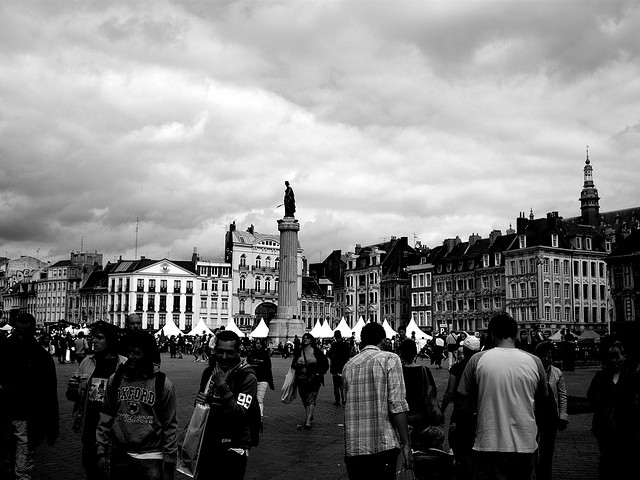
The market itself is divided into sections according to the type of objects found there. There is a large antiques section with professional dealers and experts, and a section for local businesses. There is also a large segment for bric-a-brac, car boot and amateur sellers, as well as those selling fresh produce, modern knick-knacks and collectibles. There are also sections for associations, charities and political parties to raise awareness and money. Over 2 million people visit the Braderie every year, making it the largest in Europe.
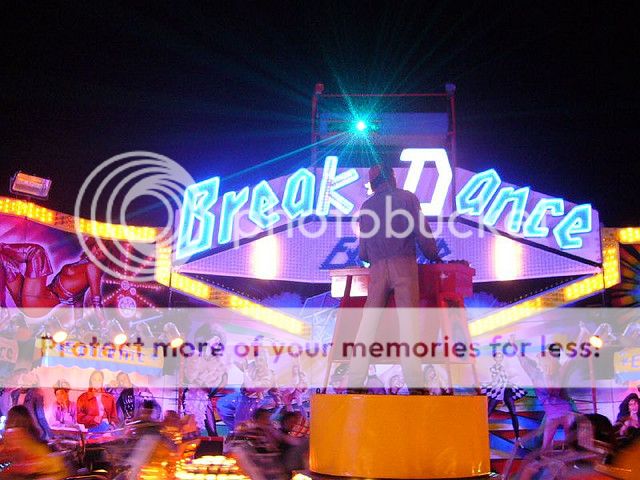
France’s other famous Braderie is in Rennes, which attracts only 400 000 visitors.
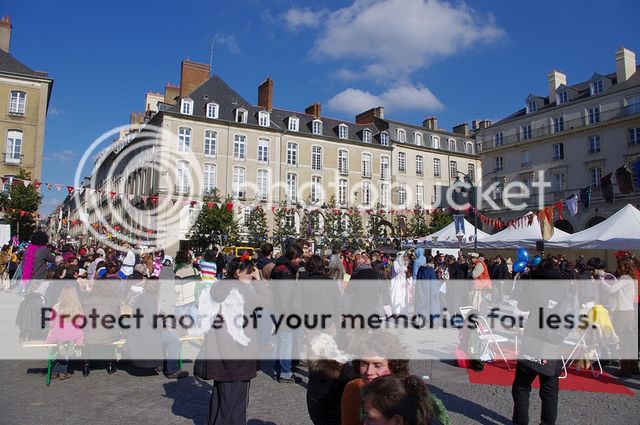
All these people need something to eat, and fortunately there is a traditional dish: moules-frites. This is typical of the region, which is close to the Belgian border. The dish consists of mussels cooked and served in a huge pot with a helping of chips. During the Braderie, the city’s restaurants have a competition with each other to see who can sell the most dishes. They pile up the empty mussel shells in the street outside their premises, and the one with the biggest pile is the winner. The piles are often over five feet high. In 2009, 500 tonnes of mussels and 30 tonnes of chips were eaten during the two-day event.
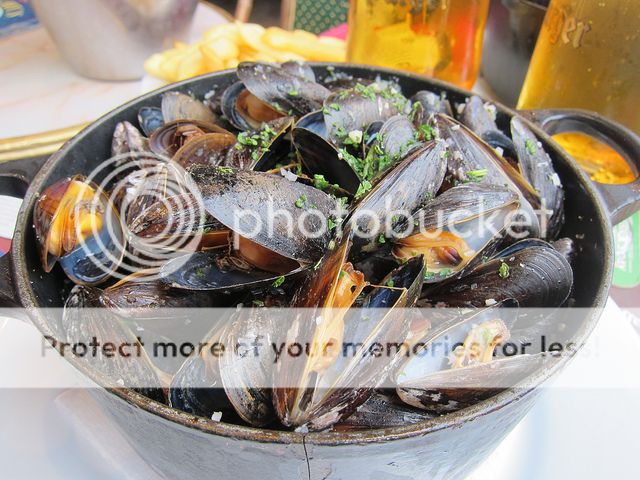
You can buy almost anything at the market, and it’s worth going just for the atmosphere, as millions of people descend on the streets to buy, sell and browse. After a hard day shopping, the bars open late, often accompanied by live music.
By Emily Wassell
Photo 1 :lillemetropole, Photo 2: laetitiahenriPhoto 3: farmprod Photo 4: Tourisme Rennes Photo 5:i am zane














